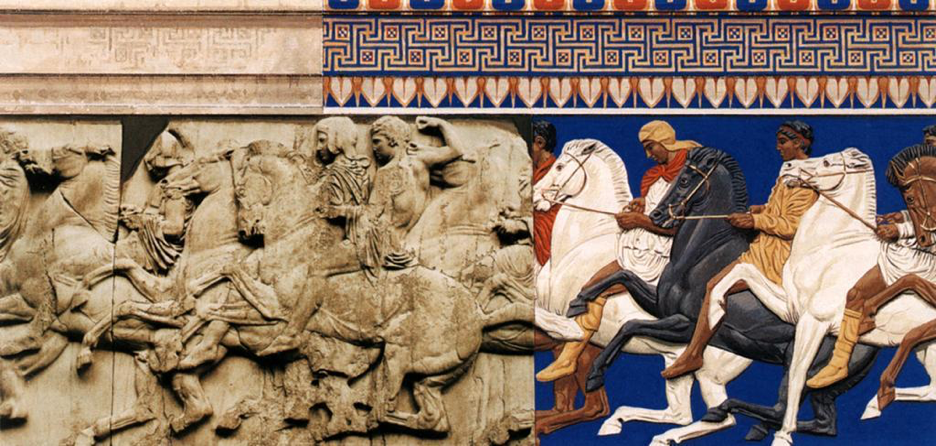Paper Topics | Fall 2018 | Paper 4
Due: Saturday, December 1st at 5:00 PM in your conference leader’s Eliot Hall mailbox
Target length: 1800–2000 words
-
- In Republic 436b, Socrates begins his argument for a tripartite soul with the claim that “it is clear that the same thing cannot do or undergo opposite things; not, at any rate, in the same respect, in relation to the same thing, at the same time.”
- Present Plato’s argument about the soul as it develops in the text following 436b. Be sure to quote the passages you think are crucial to the argument and, in your own words, explain what the quotations mean.
- Develop the strongest objection to Plato’s argument you can. Indicate which particular premise(s) or inference(s) your objection challenges. You may, for example, choose to dispute the notion that the soul is divided or the notion that the soul is divided in the way Socrates describes.
- Discuss what Plato would say in response to your objection—ground your account of his reply in a close reading of the text.
- Finally, offer a brief assessment of where things stand for Plato after your objection and his response.
- In his account of the plague at Athens (Book 2) and the Sicilian Expedition (Book 7), Thucydides depicts the decay of social order under conditions of extremity, whether due to epidemic disease or warfare. Compare and contrast how Thucydides interprets these two instances of social decay. How do they fit into his larger historical argument about the Peloponnesian War?
- Looking closely at their diction, imagery, and use of tropes and figures, compare the construction of love in Sappho and Archilochus. You may want to think about sex and gender dynamics, the nature of desire, or the relationship between self and other (or self and world) in general.
- Analyze the role of dialogue in two of the following passages: the Melian Dialogue, the debate between Socrates and Thrasymachus, the conversation between Medea and the King of Athens. What do these exchanges show about the powers and limits of dialogue as an argumentative or persuasive mode?
- Vinzenz Brinkmann has argued that “viewing classical sculptures in color does far more than expand your notion of what such objects originally looked like; it . . . affects people’s understanding of themselves” (cited in Margaret Talbot, “The Myth of Whiteness in Classical Sculpture,” The New Yorker, October 29, 2018). Using the colorized version of the Parthenon Frieze below, argue for or against Brinkmann’s claim. Interpret this section of the frieze in both the white and colorized versions. How does the colorization and restoration change your interpretation of this specific section of the frieze? To what extent does it matter that one version is now intact and the other in ruins? How, if at all, do the changes impact your interpretation of the Parthenon more generally? (If you wish, you may introduce images of other parts of the temple.)
- In Republic 436b, Socrates begins his argument for a tripartite soul with the claim that “it is clear that the same thing cannot do or undergo opposite things; not, at any rate, in the same respect, in relation to the same thing, at the same time.”

- 6. In consultation with your conference leader, develop your own topic.
-
-